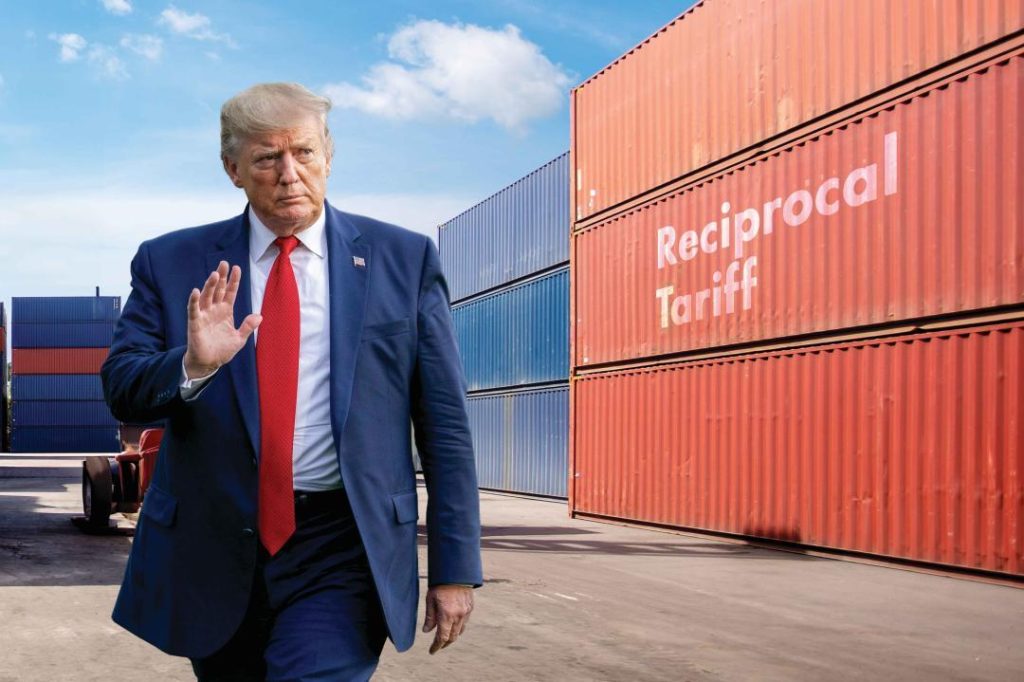
The Great Tariff War: Disruption, Diplomacy, & the Future of Trade
The ongoing trade tensions between the United States and China have reached a boiling point, with both countries imposing tariffs on each other’s goods. The latest development in this escalating trade war is the announcement of the United States imposing 10% tariffs on an additional $300 billion worth of Chinese goods. This comes amid ongoing trade negotiations between the two countries, aiming to reach a bilateral trade agreement that targets a $500 billion trade goal by 2030.
The tariff war has disrupted global supply chains, causing uncertainty and volatility in the market. The imposition of tariffs has resulted in increased costs for businesses, which are then passed on to consumers. This has led to a decline in trade volumes, impacting economic growth and employment.
The impact of the tariff war has been felt across various industries, including technology, manufacturing, and agriculture. The tech industry has been particularly hard hit, with companies such as Apple and Intel facing increased costs due to the tariffs. The manufacturing industry has also been affected, with companies such as Ford and General Motors facing challenges in sourcing components from China.
The agriculture industry has also been impacted, with farmers facing reduced exports due to the tariffs. The poultry industry has been particularly hard hit, with exports down by over 50% due to the tariffs.
Despite the challenges posed by the tariff war, there are opportunities for countries to emerge as alternatives to China. One such country is India, which is seen as an attractive option for companies looking to diversify their supply chains.
India’s emergence as an alternative to China is due to its strategic location, large skilled workforce, and favorable business environment. The country has been actively promoting itself as a global manufacturing and logistics hub, with initiatives such as the Make in India and the Smart Cities programs.
The tariff war has also led to a renewed focus on regional trade agreements. The Comprehensive and Progressive Agreement for Trans-Pacific Partnership (CPTPP) and the Regional Comprehensive Economic Partnership (RCEP) are two examples of agreements that are seen as alternatives to the tariffs imposed by the United States.
The CPTPP is a free trade agreement between 11 countries, including Canada, Japan, and New Zealand. The agreement aims to promote free trade and investment between the signatory countries, and has been seen as a positive development in the wake of the tariff war.
The RCEP is a proposed free trade agreement between 16 countries, including China, India, and the Association of Southeast Asian Nations (ASEAN). The agreement aims to promote free trade and investment between the signatory countries, and has been seen as a way to reduce the impact of the tariff war.
In conclusion, the tariff war between the United States and China has disrupted global supply chains, causing uncertainty and volatility in the market. The impact of the tariff war has been felt across various industries, including technology, manufacturing, and agriculture. However, there are opportunities for countries to emerge as alternatives to China, with India being one such country. The tariff war has also led to a renewed focus on regional trade agreements, with the CPTPP and RCEP being two examples of agreements that are seen as alternatives to the tariffs imposed by the United States.
References:
https://www.logisticsoutlook.com/supply-chain/the-great-trump-tariff-war






